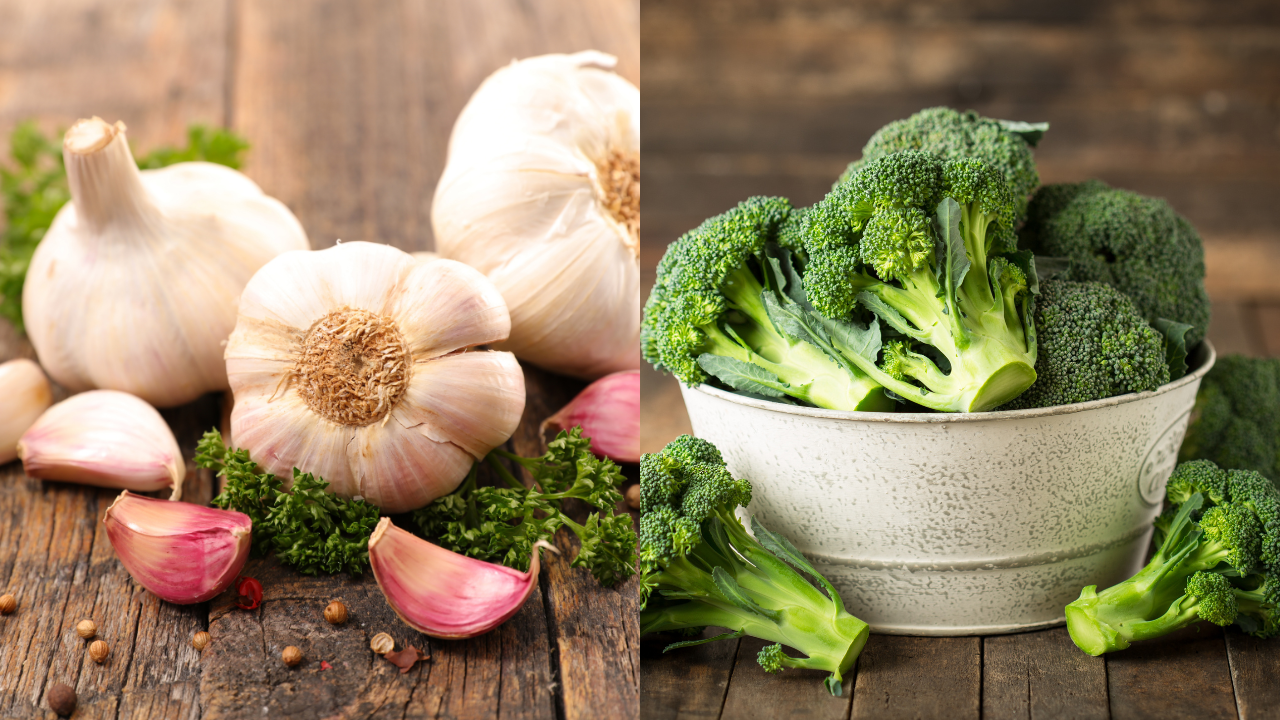
When we think about vegetables, many of us believe that methods such as steaming, boiling, or roasting improve both their taste and ease of digestion. While this holds for numerous instances, there are several types of vegetables that should ideally be consumed without cooking them at all—kept raw and untouched. The reason being, specific vegetables tend to lose significant amounts of essential nutrients when exposed to high temperatures during preparation. Heat from cooking processes may diminish fragile components, particularly water-soluble vitamins including Vitamin C and various B Vitamins, along with reducing the activity of enzymes crucial for efficient nutrient absorption within our body.
Therefore, here are five vegetables that are best enjoyed uncooked and crisp.
1. Red Bell Pepper
Vibrant, sweet, and inherently crisp, red bell peppers stand out as a stellar source of vitamin C—more so than oranges. However, vitamin C is quite delicate; exposure to heat can cause much of it to disappear. To retain this immunity-supporting nutrient fully intact, consume them uncooked in dishes such as salads, wraps, or alongside hummus. Additionally, they're rich in antioxidants like beta-carotene, which transforms into vitamin A within our bodies.
2. Broccoli
The numerous health benefits of broccoli can be attributed primarily to sulforaphane, a substance known for its ability to combat cancer and reduce inflammation. However, cooking broccoli, particularly through boiling or microwaving, significantly reduces the amount of sulforaphane present. Consuming it uncooked maintains these beneficial compounds more effectively. Consider shredding it into your salad or mixing it with lemon juice and olive oil to create a refreshing coleslaw.
3. Garlic
Sure, we acknowledge that consuming raw garlic isn't discreet. However, its advantages are far from trivial. When crushed or chopped, garlic releases allicisn, a powerful component known for its antimicrobial, heart-friendly, and anti-inflammatory properties. Yet, this beneficial substance degrades rapidly upon contact with heat. If you can withstand the intensity, finely chop it and add it to your guacamole, mix it into salad dressings, or allow it to sit briefly post-chopping before gently incorporating it into slightly heated meals.
4. Spinach
Another leafy green that's best consumed fresh for retaining its vitamin C and folate levels is spinach. The cooking process considerably diminishes these nutrients. Although spinach can be effectively incorporated into pastas and curries when cooked, eating it uncooked—such as in salads or smoothies—allows your body to absorb a greater amount of vitamins. Furthermore, raw spinach maintains its inherent ability to bind with iron more efficiently. However, combining it with foods rich in Vitamin C enhances this absorption even further.
5. Beetroot
Many individuals connect beets primarily with methods such as roasting or boiling; however, uncooked beetroot boasts an unexpectedly sweet, earthly crispness brimming with nutrients including folate, fiber, and antioxidants like betalains. The process of cooking can reduce some of these healthful components. Incorporating grated raw beetroot into salads or consuming it in juice form offers a delicious method to preserve all its nutritional benefits intact.
